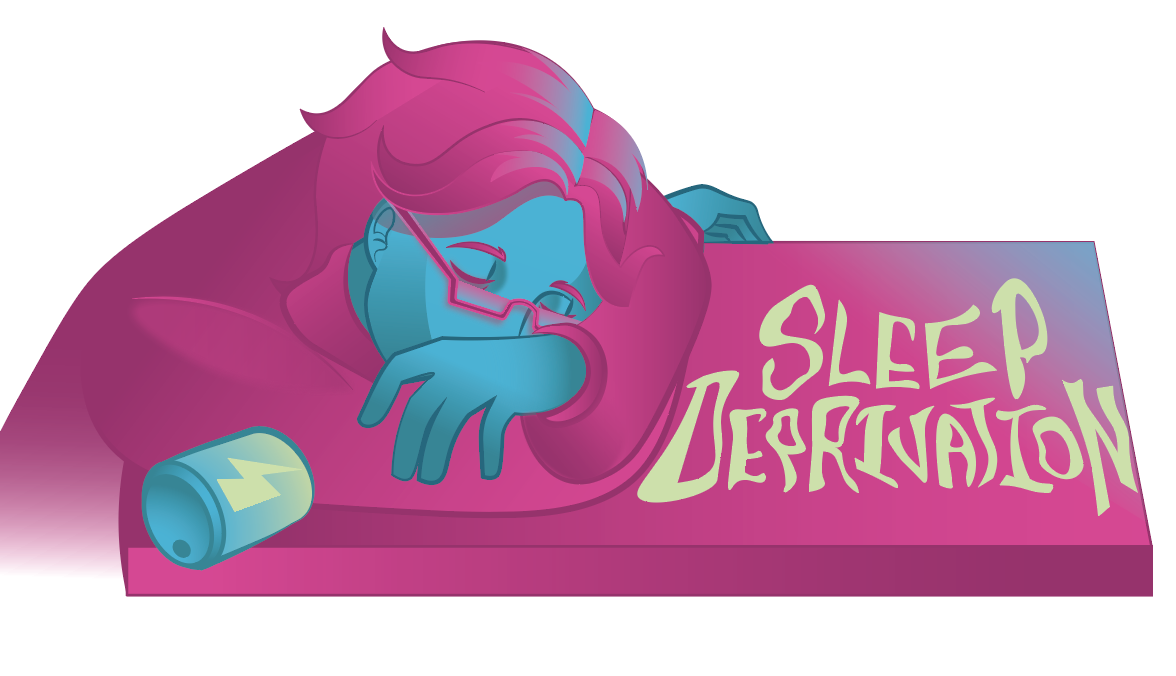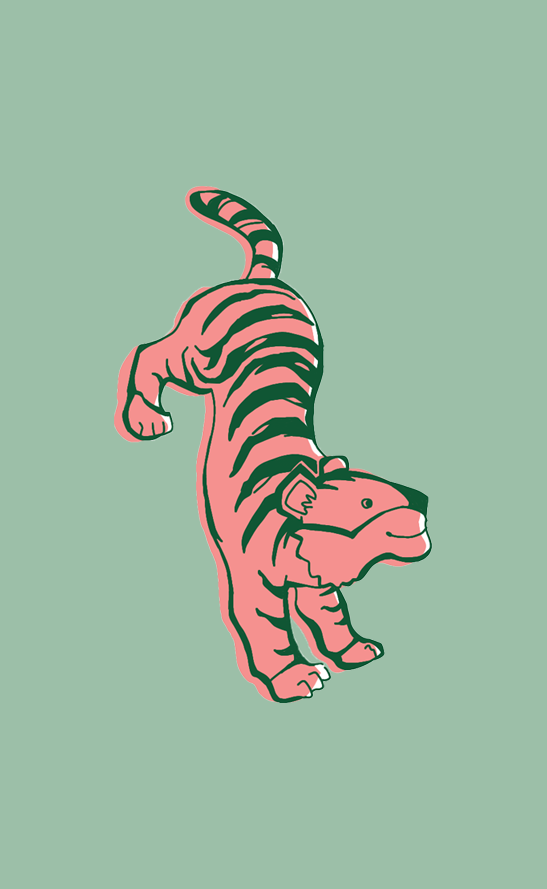
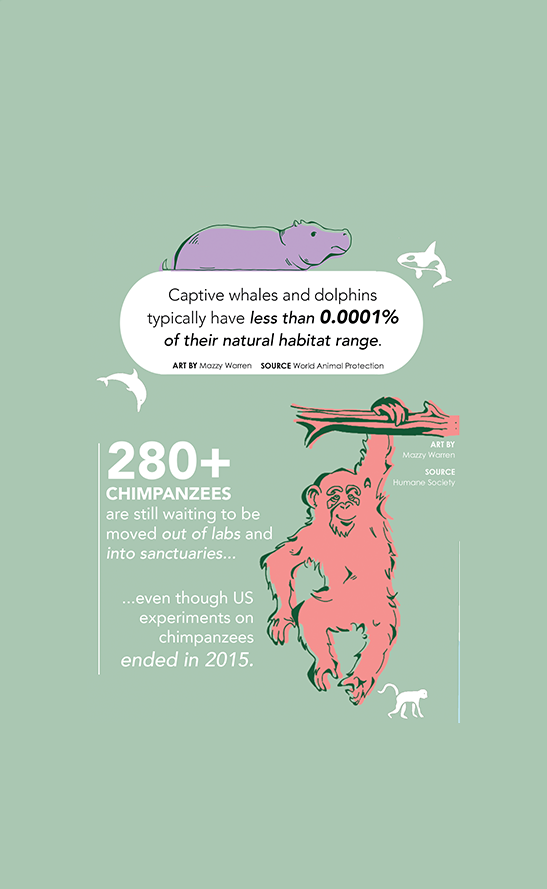
With Cash barking at her feet, senior Amelia Olivas picks Mochi up off her shoulder and places the bearded dragon back in his enclosure. She smiles as she passes her snake, Salazar, and opens the door for Cash to follow her outside, where she’s going to check on her lamb, King. Stepping around her heifer Fancy and steer Ken, she grins at her chickens and promises to come back later with feed.
She loves her animals, and she can’t imagine ever treating them cruelly or unfairly. It hurts her to know that animal cruelty can be so prevalent among capitalistic enterprises in America; she wants to encourage consumers to be educated and considerate in their support of these industries.
“To those who mistreat your animals– how is your cruelty helping you? Does hitting that animal, or starving that animal, help your end goal in any way?” Olivas said. “The answer is always no. I know people will get frustrated with their animals, but you just have to understand that mistreatment won’t solve any problems. If the animals are happy, in good health, and in good care, then you will be happy too.”
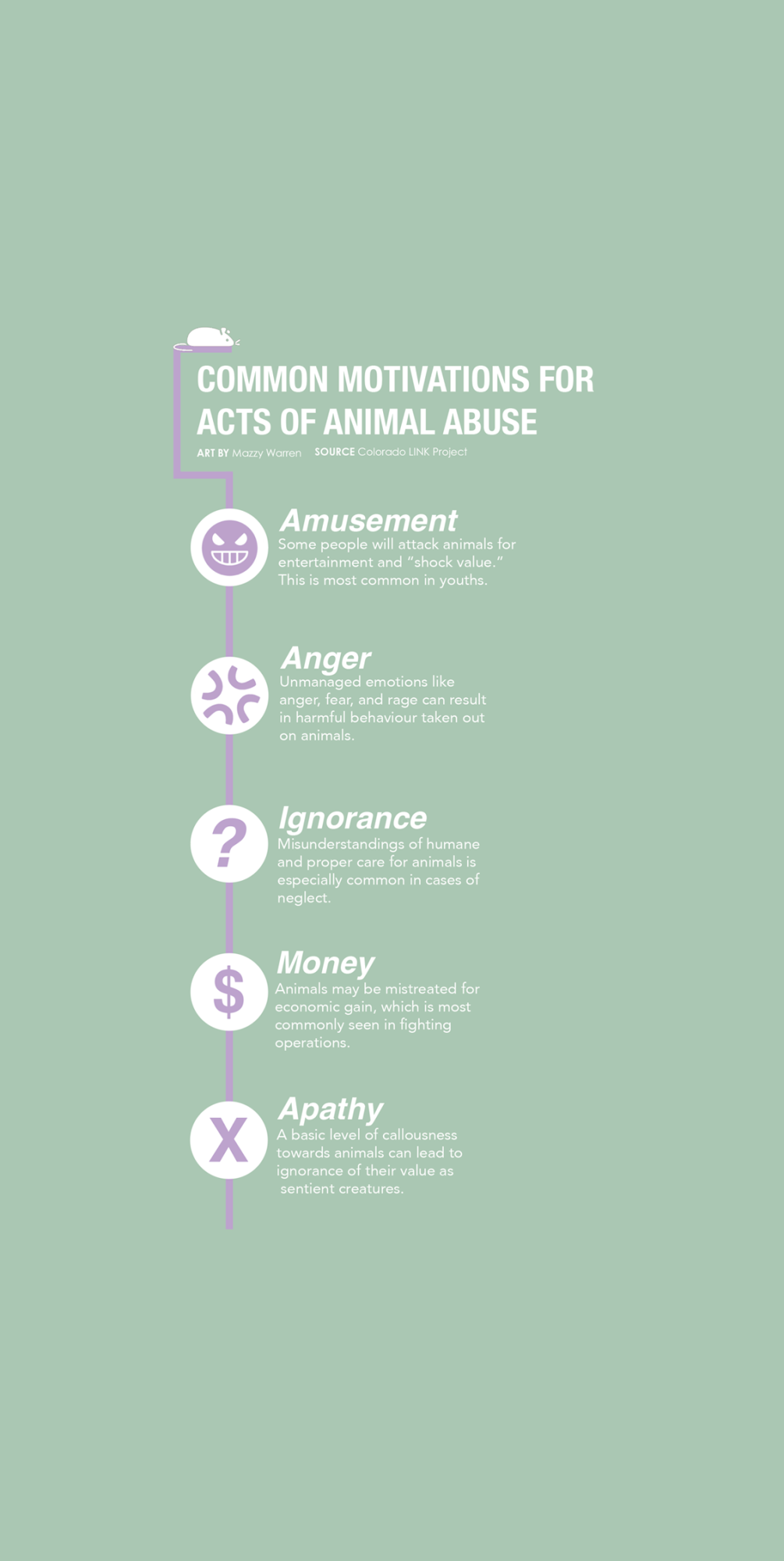
According to Olivas, who is president of Bowie’s Future Farmers of America (FFA) organization, there is a fine balance between education and cruelty. She loves nonprofit organizations, which tend to focus on education and wildlife protection, and not on profiting from animal entertainers. Unfortunately, not all animal projects are as positive as these.
“I love publicly funded zoos, and I know their animals are treated well,” Olivas said. “Private zoos are a different story; they are often just lions, tigers, and other wild animals, sitting in a cage in someone’s backyard. I don’t want to put for-profit money into that, because they aren’t based around education, and they often have awful standards of care.”
FFA Sponsor Kathryn Platt believes the topic comes with many misconceptions, especially when it comes to the livestock industry. Animals play a huge role in Platt’s life, and she believes in the importance of promoting love and compassion for these creatures; that’s why she highlights the difference between fighting for animal rights, and fighting for animal welfare.
“Animal rights activists believe the animals have the same rights as us, and they don’t think animals should be used for anything in human production, at all,” Platt said. “Our FFA falls more under animal welfare, because we focus more on the animal’s needs, doing everything we can to make sure they have a good life, instead of giving them the same rights as people. Welfare is more sustainable, especially as more people become educated on proper care for their animals.”
According to the Animal Legal Defense Fund (ALDF), animals-turned-entertainers lead miserable lives that rid them of the stimulus that supports their complex physical, behavioral, and emotional needs. Senior Madeleine Rains appreciates animals for the unique perspectives they give on humanity; travel, confinement, and forced performance deprive wild animals of the singular worldview that Rains loves so much.
“I really appreciate animals because they have a very different sense of everything around us,” Rains said. “They connect to nature more, and they show us parts of ourselves that we’ve grown apart from. The treatment they’re given; it’s unacceptable. It’s not okay to hold them in small cages, and to beat them for training, especially if it’s for our own entertainment. Yes, they are animals but they still have lives just as important as ours.”
There is documented evidence of handlers physically abusing animals in their training regiments; they use whips, muzzles, electric prods, bull-hooks, and starvation to punish their “performers.” Additionally, animals are often separated from their families, or are bred in captivity and sold to parks for more breeding; all of which is detrimental to their emotional development.
“Animals’ emotional state is important, not only to their happiness but to the length of their life,” Platt said. “Sometimes in zoos, you can tell that the animals seem really depressed, because they’re in such small, unnatural environments that don’t match their needs. It’s definitely an issue that could be improved, and it plays a big role in the quality of their lives.”
According to the ALDF, there are few legal protections for animals in zoos, circuses, movies, or amusement parks, and the few protections that have been established are often unenforced. Fortunately, senior FFA Vice President Charles Early and Olivas both believe that animal mistreatment is decreasing in movies and TV shows. Animal trainers and handlers are regularly hired to take care of four-legged actors; when it comes to performance, Early especially values protecting and displaying natural behaviors.
“Often, with domesticated animals, you can let them behave naturally,” Early said. “If the movie is centered on an animal, then that animal should behave like an animal, not like an actor. Otherwise, it’s not a good movie, and nobody should be watching it.”
Early believes education is crucial to preventing animal abuse in entertainment. Instead of zoos, marine parks, or circuses, visit animal sanctuaries; instead of watching movies and shows that use live animals, watch those that use CGI or other technology for their animals. He suggests boycotting businesses that profit from cruelty to animals, and finding other outlets to enjoy time with these creatures; Olivas agrees.
“If you cannot do something humanely, you shouldn’t be doing it at all,” Olivas said. “If someone is acting cruelly, kick them out. There is no excuse to be cruel to animals, they should be kind and learn how to train them well, without having to put force behind it.”
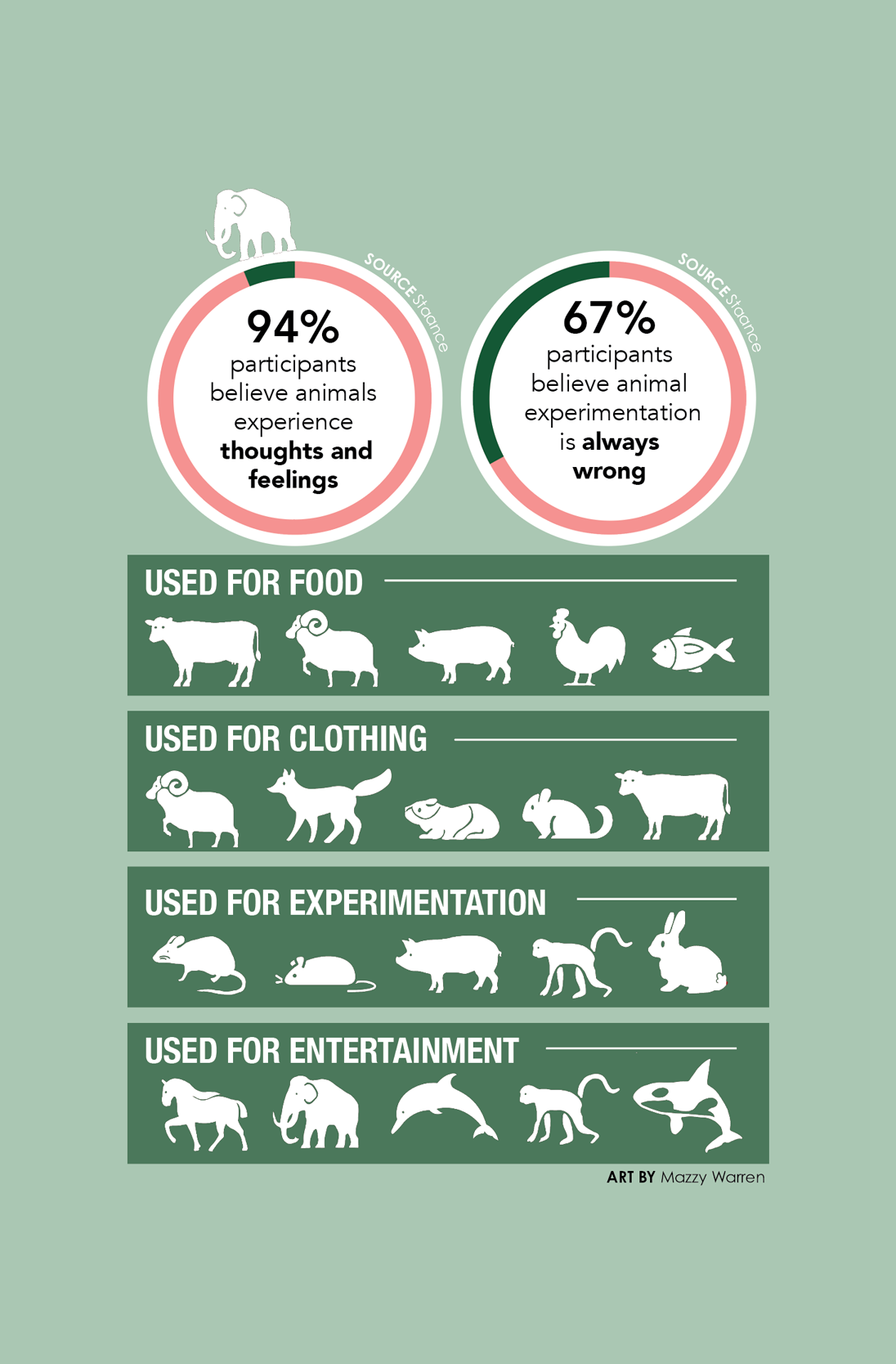
Stepping into the outlet store in the mall, Rains looks around at the products on display. In one store sits a mannequin, dolled up in a suede skirt and a gray cashmere sweater, paired with a silk scarf and lambskin Uggs, all of which is layered under a fur-trimmed coat. While it’s no secret that these materials come from live animals, this fact is commonly overlooked in the face of normalization, marketing devices, and the appeal of the final product. According to Collective Fashion Justice (CFJ), millions of wild animals suffer through exploitation and slaughter for the benefit of certain fashion brands each year, as they continue to ignore more humane options.
“We’ve really moved farther apart from nature, and because of that, most people don’t think about where their clothes come from,” Rains said. “If companies come from a humane standpoint while selling leather and wool items, and if we have shops promoting that kind of openness, we can call out the companies that are acting cruelly.”
In a study conducted by CFJ, titled Cruelty is Out of Fashion, researchers found that as much as 95% of all fur sold in the fashion industry comes from wild animals that are bred in and confined to cages for the entirety of their lives. The most commonly exploited animals are mink, foxes, chinchillas, and raccoon dogs, whose fur is used to make coats, boot trims, pom-poms, and other products. Platt believes this practice could be equated to poaching, which is the illegal trade and hunt of wild animals, especially rare or exotic ones.
“Animal lives are being dedicated to one specific thing, one item,” Platt said. “When it comes to fashion, we just see money signs; industry demand for certain skins influences how we go about getting it. People are just trying to make quick money, and that rarely leads to what’s best for the animal.”
Olivas believes that consumers need to learn to match their outfits to their values. To avoid going out of fashion, she believes everyone should look at the critical issues concerning animal welfare in the industry, and to make an informed decision while shopping. She encourages research into company policies on trading in leather, wool, silk, fur, and exotic animal skins.
“My policy is, use every single part of the animal,” Olivas said. “I eat meat, I wear leather; but I don’t support the businesses that use their animals unethically and irresponsibly. You need to know where the products you’re buying are coming from, that’s a priority.”
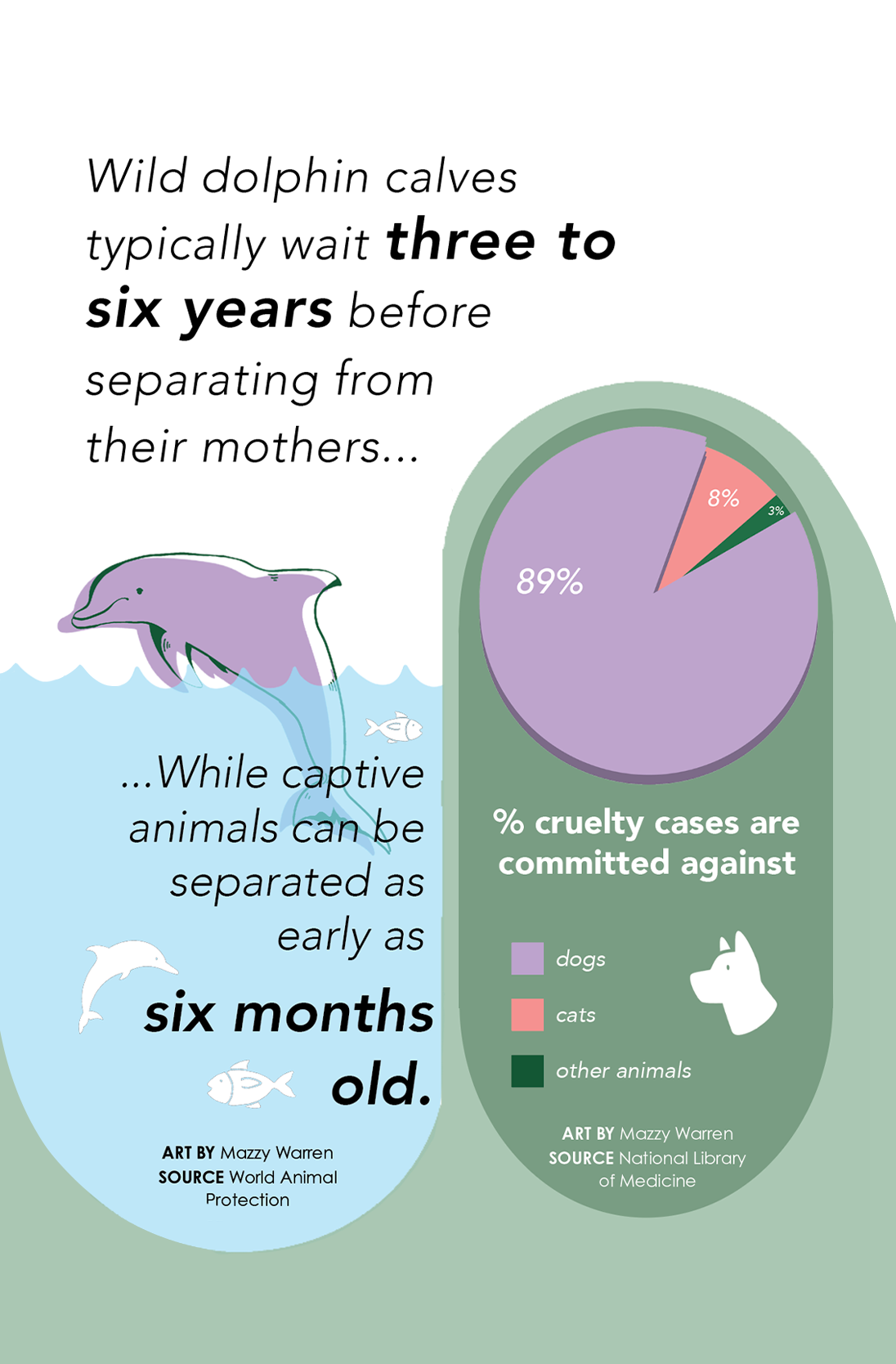
According to the Humane Society International (HSI), the term “animal testing” refers to procedures performed on living animals for biological, medicinal, and safety research for industry products like cosmetics, household cleaners, food additives, drugs, and industrial chemicals.
“While animal testing does help us advance our research, there’s right and wrong ways to go about it, and often animals are unfairly selected for testing,” Platt said. “Researchers need to make sure, if they’re trying to find new medicines for us, that they handle their animals with care. Animal experimentation probably isn’t going to go away, so it ultimately needs to be adapted to be more practical and humane.”
Activists believe that most procedures, even those classified as “mild,” have the potential to cause animals severe physical and mental pain. Animals can be subject to force-feeding, forced inhalation, and injection for chemical exposure in toxicity testing. They are often exposed to drugs, chemicals, or infectious diseases at levels that cause illness, distress, or death; this mirrors the infliction of wounds, burns, and other injuries to study healing. Researchers also impose other manipulations to create “animal models” of human diseases, ranging from cancer, to stroke, to depression. It always ends the same, though: killing by carbon dioxide asphyxiation, neck-breaking, decapitation, or other means.
“Companies should be treating their testing animals in the best way possible,” Early said. “If animal testing facilities were to follow that expectation, they wouldn’t cause as much harm as they currently do. There are better and more efficient ways to test, you can still use animals, but we have to draw a line between saving human lives and unethically ending animal lives.”
Although Olivas doesn’t support the lack of ethics in animal testing, she believes it is a necessary evil; for her, the good outweighs the bad, as such experiments can save human lives. Despite possible ethical issues, the scientific community agrees that animal experimentation is a long-held standard that won’t be going away anytime soon. Despite this, Rains hopes to see alternatives to this practice.
“It’s a really difficult subject, because we do need animals for research and science, but at the same time, they’re being held captive, they are often mistreated, and they’re being subject to exploitation for their entire lives,” Rains said. “It is highly cruel. I think, when we are performing drug trials, they should transition away from live animals and begin testing on tissue cultures, simply to save more animals from painful illnesses and side-effects.”
The National Research Council hopes for a future in which scientists rely on alternatives to animal experimentation, using artificial intelligence, 3D bio-printing, robotics, and computer models; they are also exploring the possibility of using human cells, tissues, and organs in testing. Despite mounting concerns against animal testing, the scientific community is reluctant to change, as they have relied on such models as the “default method” for testing and research for decades. Old habits die hard, Early understands, but he is excited to see the different ways the scientific community might grow beyond these habits.
“New alternatives are very technology heavy, which can be good for statistical-analytical data, so we can better organize the results and perform less testing,” Early said. “Artificial Intelligence is a very mixed blessing, because nobody knows what it will be in the future. They might be able to create a full-blown human with some sort of DNA 100 years in the future; I don’t see it happening right now, but it could very well be a possible, interesting experimental tool.”
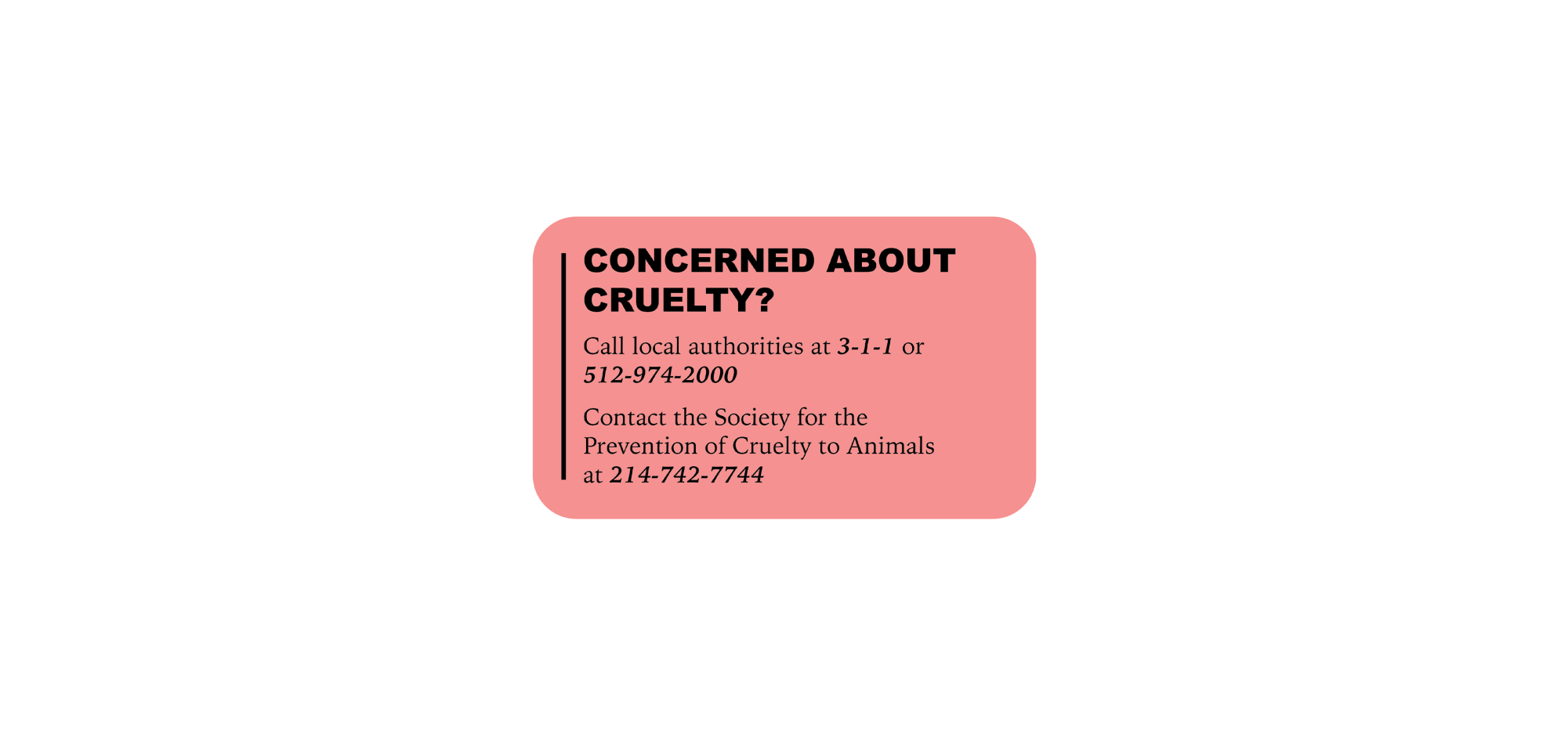
Olivas loves her animals. To show her appreciation for them, she finds the things they like to do; Cash loves treats, and while Fancy and Ken love scratches, King prefers to go on walks with her. Olivas enjoys doing these activities, not only because it makes them happy, but because she feels their bond grow with these affectionate actions.
“Whether they love playing, or exploring, or getting treats, I’ll figure it out so I can reward them with what they love,” Olivas said. “If they do something for me, I’ll do something for them. If they treat me well and make me happy, then I want to do the same things for them.”
Rains suggests education and research as the best methods to love animals. Websites like the Animal Foundation, the Best Friends Animal Society, and the American Kennel Club all offer information relevant to pet owners who want to better understand and provide for their critters.
“Be very connected to your vet, because your vet will know exactly what your pet needs to be happy and healthy,” Rains said. “A professional will give you the best information, for the best way to take care for your animal. If you really want to show that you care about your animal, take the time to research what they need to thrive; It’s about you knowing that you take the time to love and bond with them.”
If someone witnesses suspected animal cruelty, they are encouraged to call 3-1-1 to report the incident; “cruelty” includes improper care violations like tethering, hoarding, and not providing food, water, and shade. It can also include physical abuse and major neglect. Animal cruelty investigations are handled by the Austin Police Department.
“Animals are here for a reason, and that is not to misuse them,” Early said. “Their comfort is really, really important, because what does hurting an animal do to help them, or to help you? You have to understand that you are meant to work with them, and be ethical with them. At the end of the day, they will be slaughtered, so you want them to live a good life while they have it. Their comfort is just as important as ours, because how would we feel if we were in their position? Not being comfortable, not getting cared for?”
Bowie FFA members believe it is not only important to protect animals, but it’s also important to reciprocate the love they offer to their owners. To do so, Early encourages owners to take care of them: feed them healthy food, give them lots of exercise, and take them to the vet for regular checkups. Olivas encourages people to enjoy and pamper their pets: take a few extra minutes to cuddle, let them play with other animals, and give them extra treats. Cherish every moment spent with these animals. They know how much humans love them, and view their owners as the world on which they live, thrive, and love.
“Animals shouldn’t be mistreated. Ideally, they get disciplined; they get rewarded; they understand, they learn, and they get better,” Early said. “It’s all about how your animal walks with you and how you walk with your animal. You just have to find that bond. They are curious little creatures, and this world is complex. We just have to spend time with them and love them, because animals were created for humans, and humans were created for animals.”
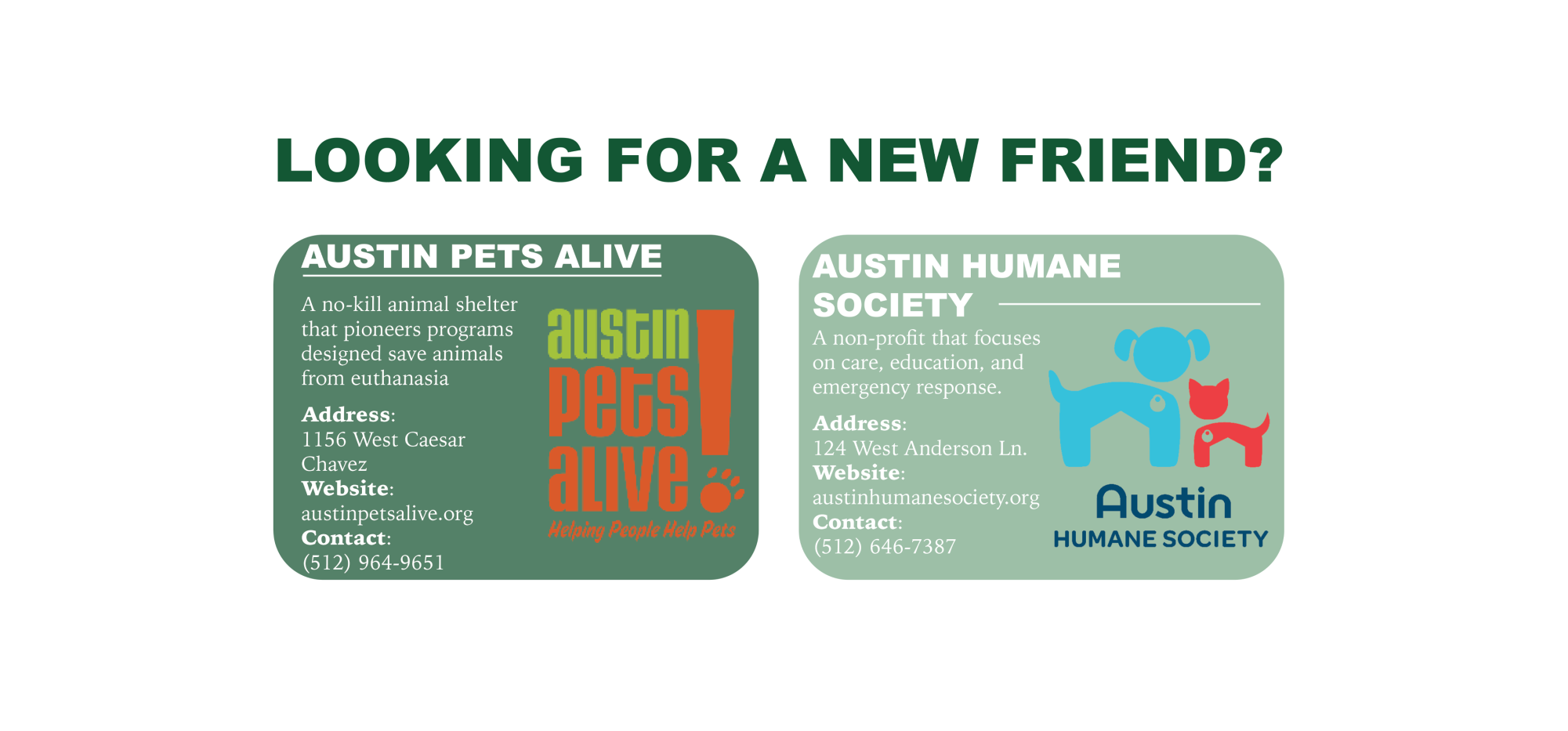
Your donation will support the student journalists of James Bowie High School. Your contribution will help cover our annual website hosting costs. Any contributions made through this service are NOT tax deductible. If you would like to make a tax deductible donation OR to subscribe to our print edition, please contact us at [email protected].




